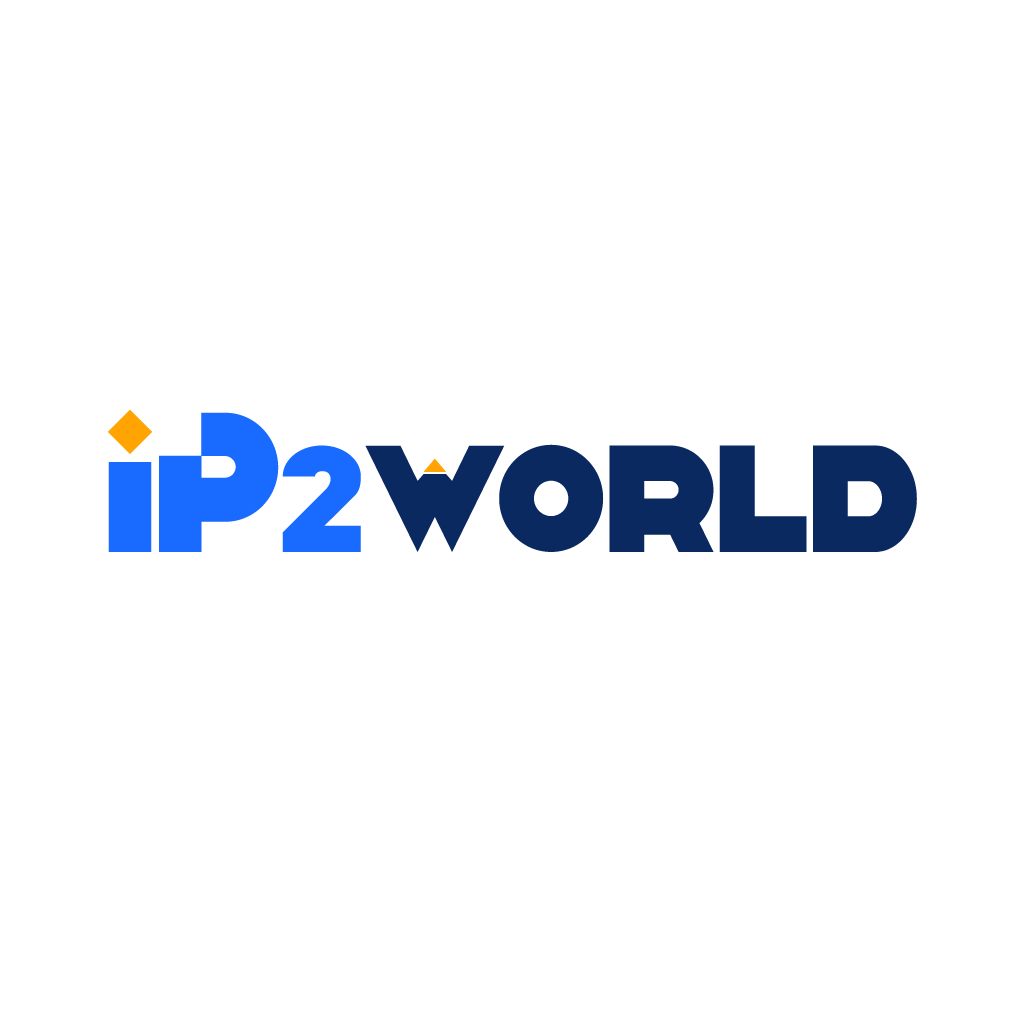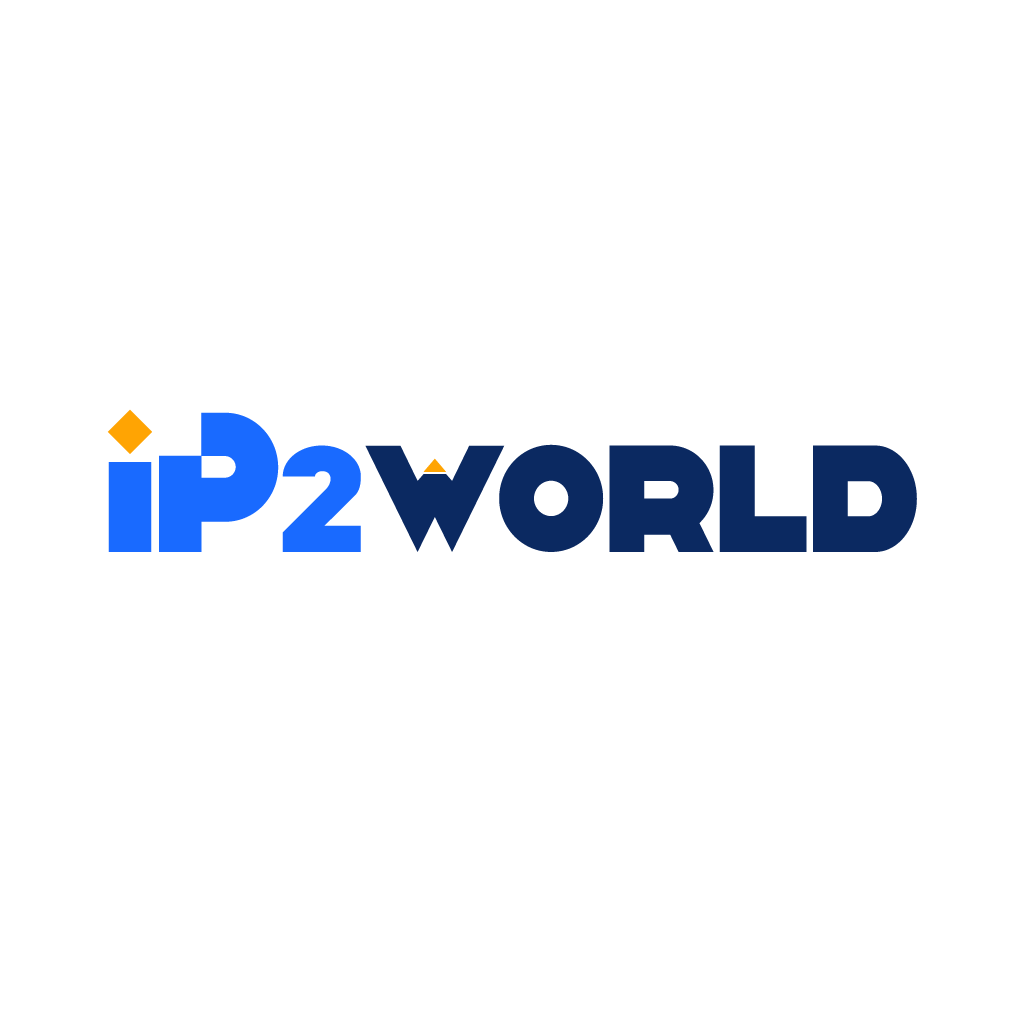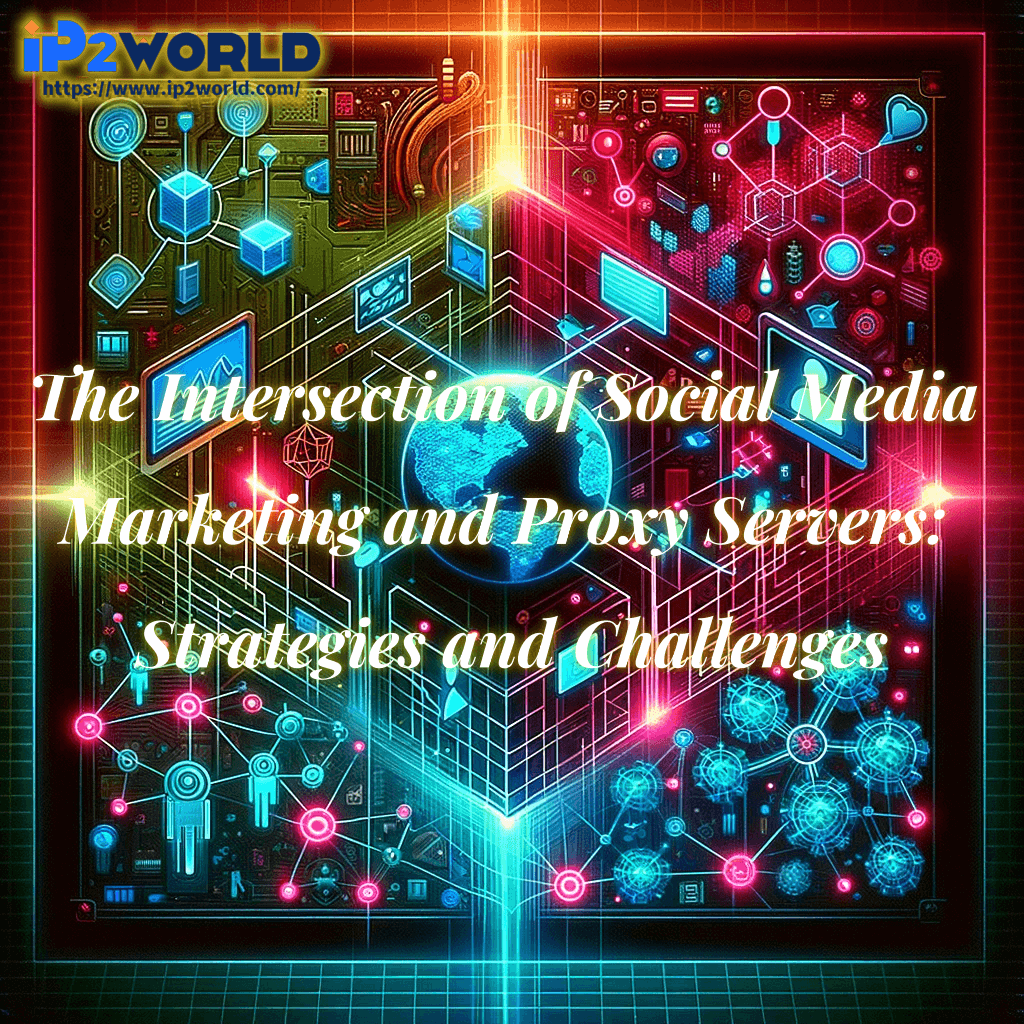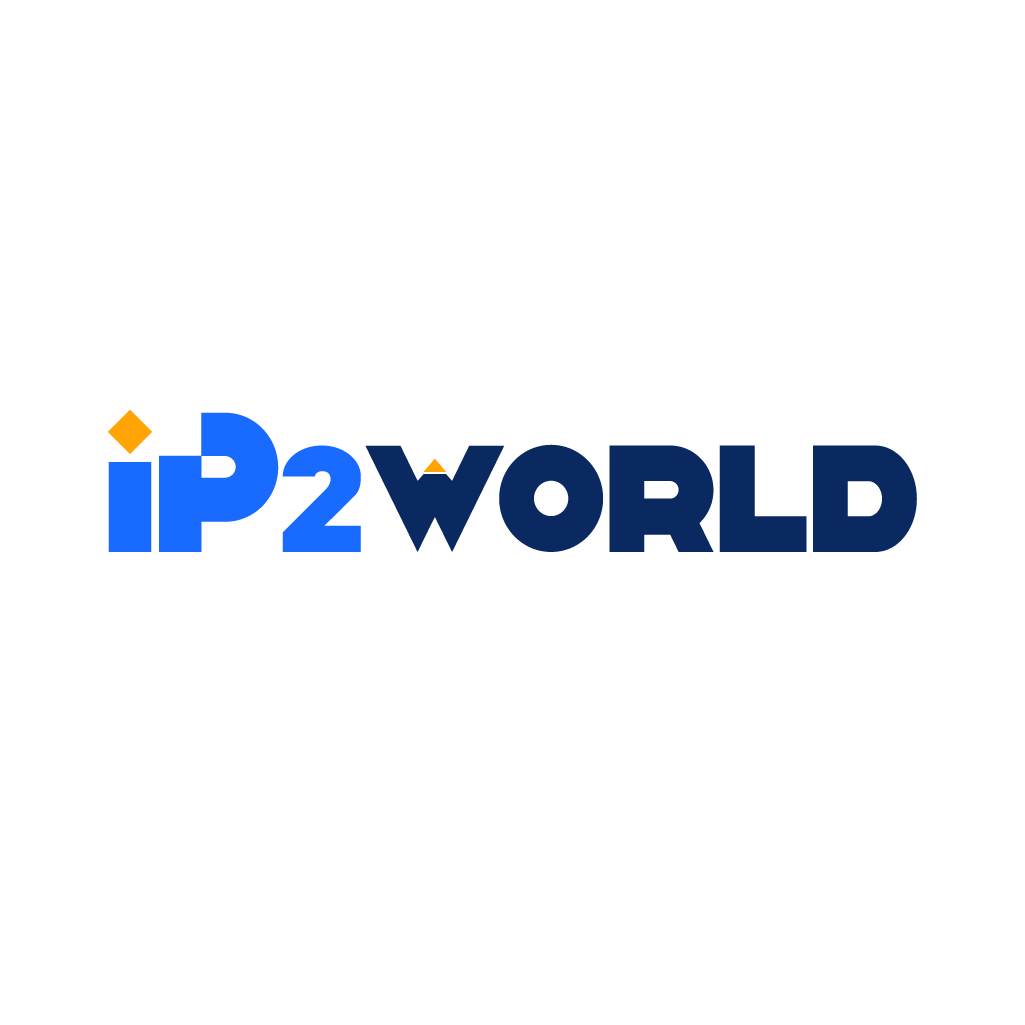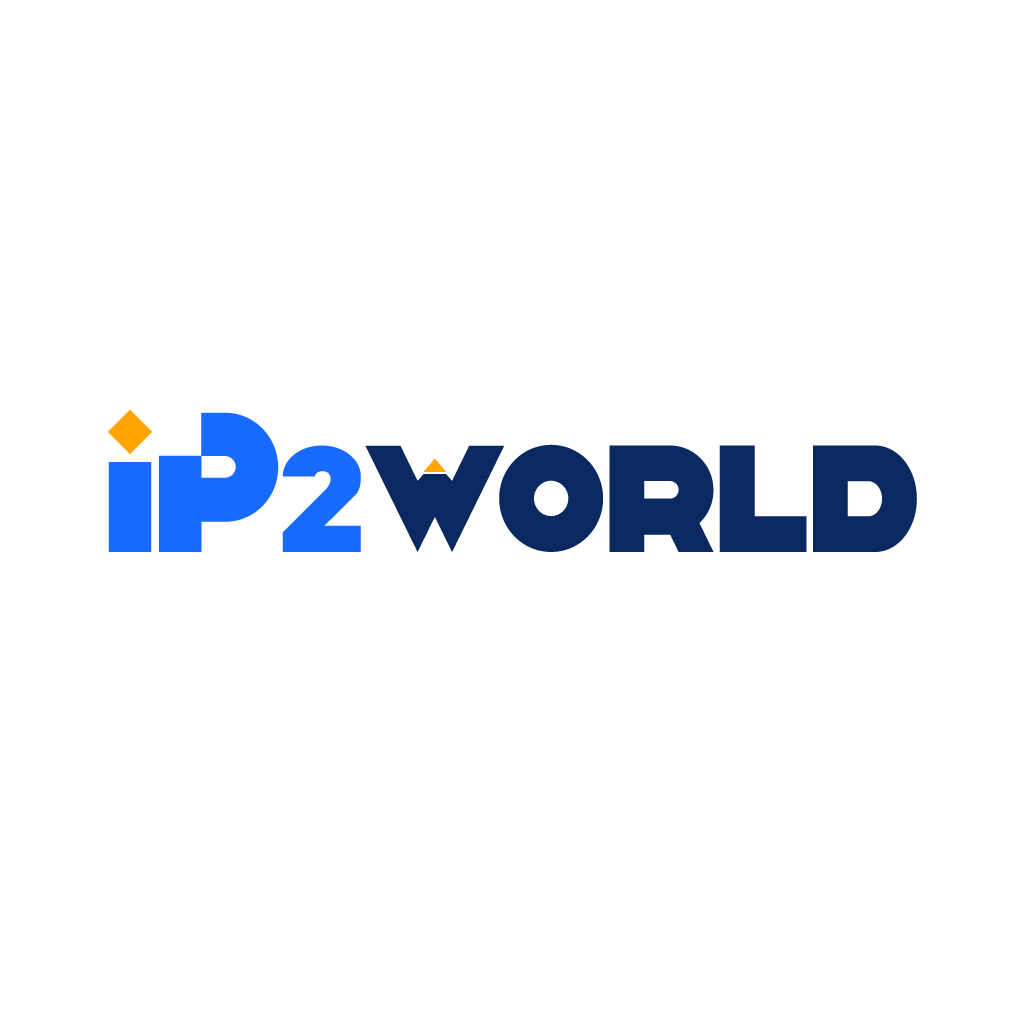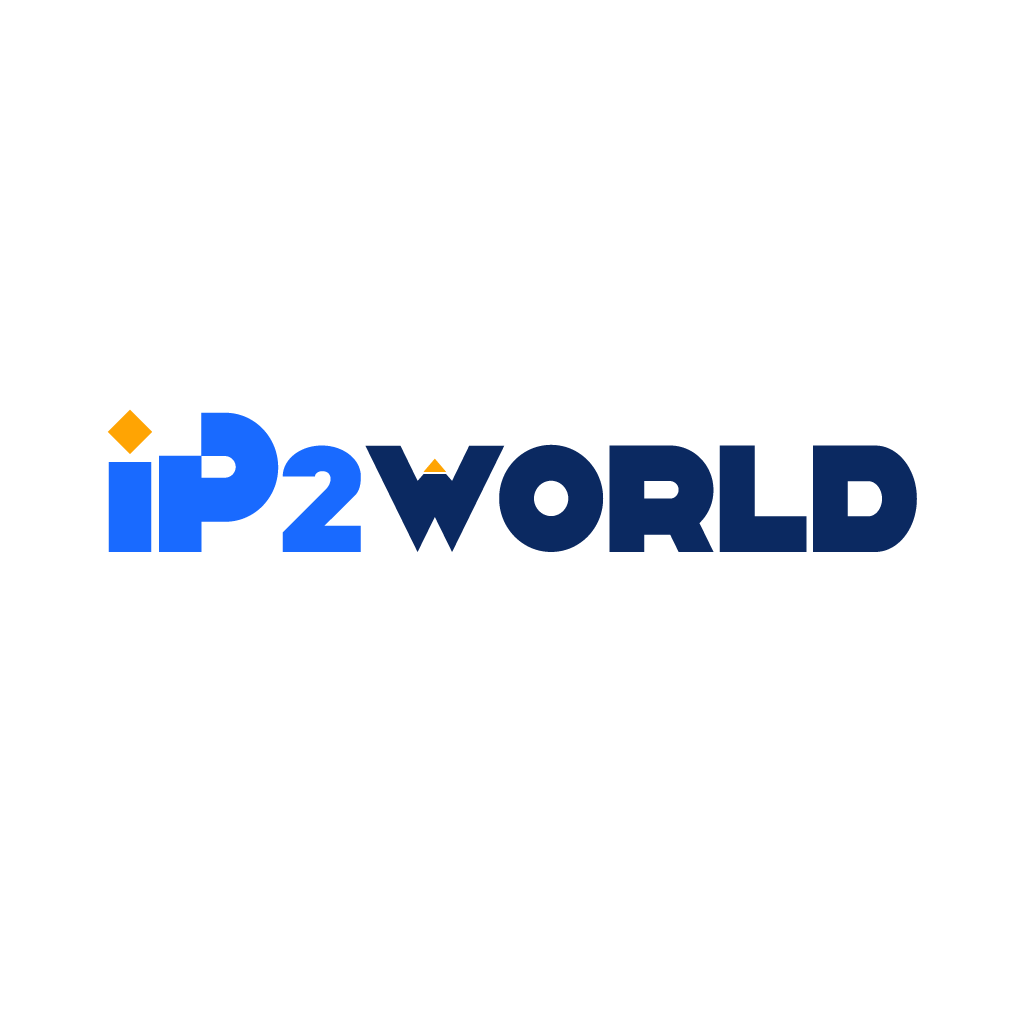The world of social media marketing is ever-evolving, presenting businesses with unique opportunities and challenges. One crucial aspect that has gained prominence is the use of proxy servers. These servers play a pivotal role in refining and enhancing social media strategies. This article explores how proxies aid in market research, manage multiple accounts, overcome algorithmic challenges, target specific audiences, and analyze data effectively, while also addressing the challenges and ethical considerations associated with their use. Role of Proxies in Social Media Marketing In the dynamic realm of social media marketing, proxy servers emerge as a game-changing tool for savvy marketers. Their role extends far beyond mere anonymity; they serve as a strategic asset in the intricate dance of digital marketing. Here's a deeper dive into the multifaceted roles of proxies in social media marketing: 1. Market Research and Competitive Analysis: - Anonymity for Authentic Data Gathering: Proxies allow marketers to conduct market research incognito. This anonymity is crucial in avoiding skewed data that can result from platforms recognizing a business's intent. By browsing under the radar, proxies enable the collection of genuine, unbiased insights about market trends, competitor strategies, and customer preferences. This level of stealth is essential in crafting strategies that are responsive to the actual market climate rather than based on skewed or manipulated data. - Competitor Analysis: Proxies also empower marketers to conduct a thorough analysis of their competitors without alerting them. By browsing anonymously, they can monitor competitors’ social media activity, marketing strategies, customer interactions, and even ad placements. This intelligence is pivotal in developing counterstrategies and staying ahead in the competitive landscape. 2. Management of Multiple Accounts: - Circumventing Platform Limitations: Many social media platforms have restrictions on the number of accounts operated from a single IP address. Proxies provide a solution by allowing businesses to manage multiple accounts from the same device. This is particularly useful for large-scale marketing campaigns or managing accounts across different regions. - Enhanced Engagement and Reach: By operating multiple accounts seamlessly, businesses can engage with a broader audience, create diverse content strategies, and amplify their brand presence. Each account can cater to different segments of the target market, thereby maximizing reach and engagement. Overcoming Algorithmic Challenges Social media algorithms are the invisible gatekeepers that dictate content visibility and reach. Understanding and navigating these algorithms is crucial for any successful social media campaign. Proxies offer a unique advantage in this regard: 1. Decoding Algorithms for Broader Reach: - Simulating Various Demographics: Proxies enable marketers to test how content performs across different demographics and locations. By simulating access from various regions, they can gauge how the algorithm prioritizes and presents content to different user groups. - Strategy Testing and Optimization: Armed with this knowledge, marketers can tweak their strategies to align with the algorithm’s preferences. This might include adjusting posting times, content formats, or even the nuances of language and cultural references to increase engagement and visibility. 2. Leveraging Regional Insights: - Understanding Regional Preferences: By using proxies, marketers can uncover regional trends and preferences, allowing them to tailor content that resonates more strongly with specific audiences. This regional targeting can significantly boost the relevance and impact of social media campaigns. - A/B Testing Across Regions: Proxies also facilitate A/B testing in different regions, providing valuable insights into what works best in each area. This approach helps in fine-tuning content and strategies for maximum effectiveness. In summary, the integration of proxy servers in social media marketing opens up a world of possibilities for businesses. From conducting undercover market research and running multiple accounts to unraveling the complexities of social media algorithms for enhanced content visibility, proxies are a powerful tool in the arsenal of modern digital marketers. As the digital landscape continues to evolve, the strategic use of proxies will undoubtedly become more integral to the success of social media marketing efforts. Proxies for Audience Targeting and Analytics Enhancing Audience Targeting Precision: - Regional Proxies for Market Penetration: The use of regional proxies is a strategic maneuver for businesses aiming to penetrate new markets. These proxies enable marketers to present themselves as users from specific geographic locations, offering a unique vantage point to understand the local audience. This insight is crucial when tailoring marketing campaigns for new regions, ensuring that content is culturally relevant, engaging, and resonant with local norms and preferences. - Customized Content for Targeted Regions: By understanding regional nuances, businesses can customize their social media content, making it more appealing to the target demographic. This strategy increases the likelihood of higher engagement rates, stronger brand loyalty, and ultimately, a more successful market entry. Gleaning Precise Analytics: - Comprehensive Demographic Insights: Utilizing proxies to access social media platforms from various demographic perspectives offers marketers a broader and more detailed understanding of audience behavior. This data-driven approach allows for the analysis of how different groups engage with content, react to marketing messages, and perceive the brand. - Data-Driven Strategy Refinement: Armed with this information, businesses can refine their marketing strategies to ensure they are hitting the mark with their intended audience. This might involve tweaking campaign messages, adjusting content delivery formats, or even rethinking the overall brand positioning to better align with the target demographic's preferences and expectations. Challenges and Ethical Considerations Navigating Risks and Ensuring Security: - Assessing Proxy Server Reliability: A primary concern when using proxies in social media marketing is the reliability and security of the proxy servers themselves. Businesses must diligently assess the quality of proxy services to ensure they don't jeopardize data integrity or expose sensitive information. Opting for reputable, high-quality proxy providers is crucial to mitigate these risks. - Data Privacy and Integrity: The potential for compromised data privacy when using low-quality or free proxies is significant. Marketers must prioritize protecting both their own and their audience's data, avoiding any practices that could lead to data breaches or privacy infringements. Ethical and Legal Compliance: - Adhering to Platform Terms of Service: The use of proxies must be in line with the terms of service of social media platforms. Misusing proxies to manipulate engagement or access unauthorized data can lead to account suspension or legal consequences. Marketers must remain aware of these boundaries and operate within the ethical confines of digital marketing. - Balancing Effectiveness with Ethical Practices: While proxies offer significant advantages in audience targeting and analytics, marketers need to balance these benefits with ethical considerations. This includes respecting user privacy, avoiding deceptive practices, and ensuring that their marketing strategies contribute positively to the digital ecosystem. While proxies offer a range of strategic benefits in audience targeting and analytics for social media marketing, they must be used with careful consideration of security, reliability, and ethical standards. Navigating these challenges successfully requires a blend of technological savvy, strategic thinking, and a firm commitment to ethical marketing practices. As the digital landscape continues to evolve, the role of proxies in social media marketing will undoubtedly become more nuanced, demanding a more sophisticated and responsible approach from marketers. Conclusion In conclusion, proxy servers offer strategic advantages in social media marketing, from enhancing market research and managing multiple accounts to overcoming algorithmic barriers and improving audience targeting. As the digital marketing landscape continues to evolve, proxies will likely play an increasingly significant role. However, it is crucial for marketers to balance these advantages with the inherent challenges and ethical considerations, ensuring that their use of proxies adds value and integrity to their social media marketing efforts.
2024-01-19
